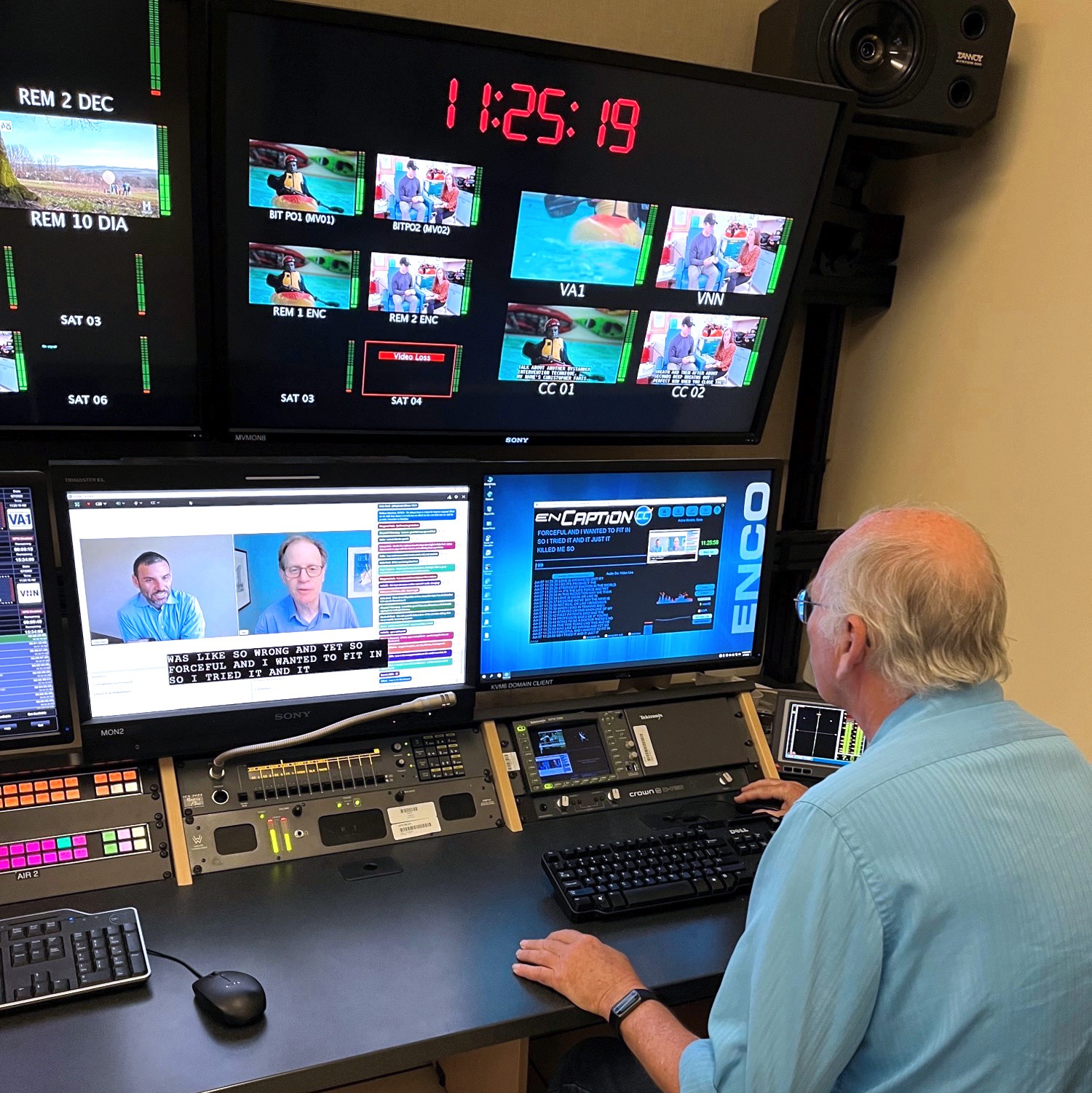VA Education System Turns to ENCO Closed Captioning For Two Channels
The VA Employee Education System is adding two ENCO systems for a pair of satellite channels

NOVI, Mich.—The Veterans Health Administration’s (VHA’s) Employee Education System has deployed the ENCO enCaption automated caption system to increase productivity and reduce time to market for products and services while continuing to offer accurate captioning services, the company announced today.
The education system, which offers training content, wellness programming and departmental communications to VA staff and veterans around the country, adopted the automated captioning system after successfully piloting an ENCO captioning solution, the company said.
Building on its satisfaction with the pilot and the purchase of its first enCaption unit, the education system is now adding two more enCaption units to dedicate to real-time, live captioning of its two 24/7 satellite program channels, the company said.
The VA Knowledge Network (VAKN) satellite uplink center in St. Louis distributes two programming channels to 250 VA Medical Centers and Community Based Outpatient Clinics nationwide. The VA-1 channel is dedicated to delivering training and communication to over 400,000 VA staff and contractors.
The Veteran News Network (VNN), is also distributed to both internal and external audiences 24/7 on platforms that include YouTube and Roku. VNN offers programming on Veteran’s health issues, benefits, nutrition and other aspects of care. All VAKN content is closed captioned for regulatory compliance and to ensure full accessibility, it said.
“With our previous workflow, we needed to schedule captioners to dial in, but the timeframes for our master control engineers were pretty tight,” said Hugh Graham, telecommunications specialist at the VHA Employee Education System. “The engineer would need to start playback of the original content on one device and record the captioned result on another. It was very labor-intensive, and any technical glitches became a significant bottleneck.”
The accuracy of enCaption’s speech-to-text transcription was particularly attractive. “Human captioners do a great job, but our unique medical terminology can be difficult for them,” said Graham. “We can’t always send them a script of what will be said, so they are at the mercy of the information we give or don’t give them.”
“enCaption allows us to upload word models for spelling things like medical terms and the names of our leadership, which it can then use for all future captioning.," he continued. "Even without the word models, enCaption has proven to be amazingly accurate for most of our content right out of the box.”
Content is played out from a media server into enCaption device. The resulting captioning data and video is fed to an EEG 470 caption encoder and embedded. The closed captioned video can be routed to a record device, uplink channel or to a streaming media encoder for distribution, the company said.
The new enCaption systems will be dedicated to real-time, 24/7 captioning of the VA-1 and VNN satellite channels, YouTube, and Roku distribution. The offline enCaption unit will be used for ad-hoc captioning of real-time sources or file-based content, it said.
More information is available on the company’s website.
Get the TV Tech Newsletter
The professional video industry's #1 source for news, trends and product and tech information. Sign up below.
Phil Kurz is a contributing editor to TV Tech. He has written about TV and video technology for more than 30 years and served as editor of three leading industry magazines. He earned a Bachelor of Journalism and a Master’s Degree in Journalism from the University of Missouri-Columbia School of Journalism.

